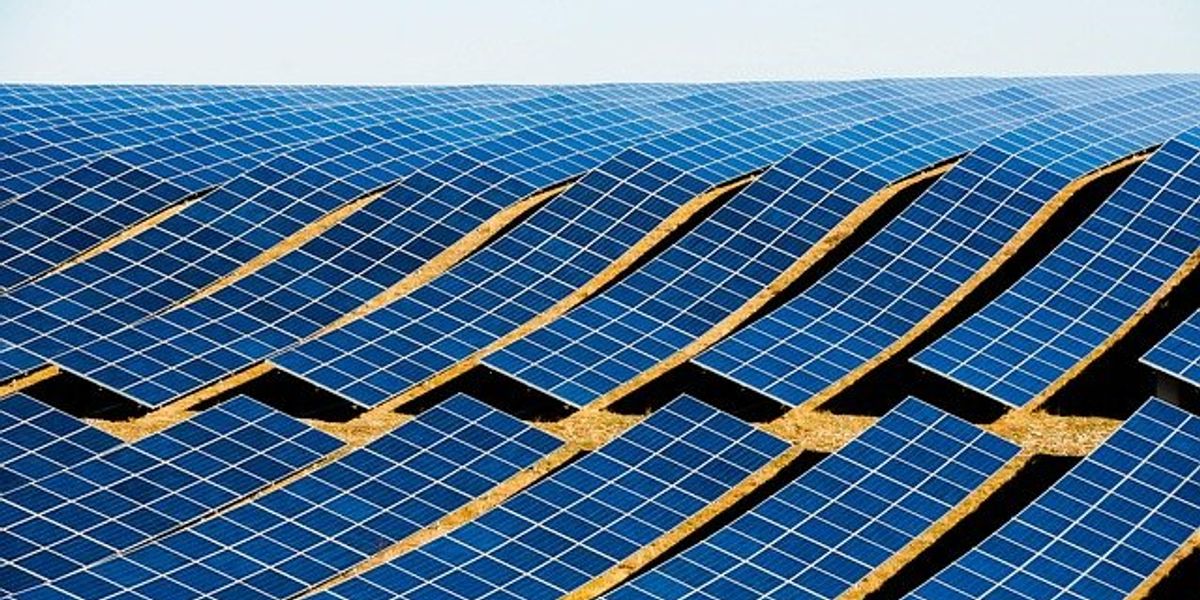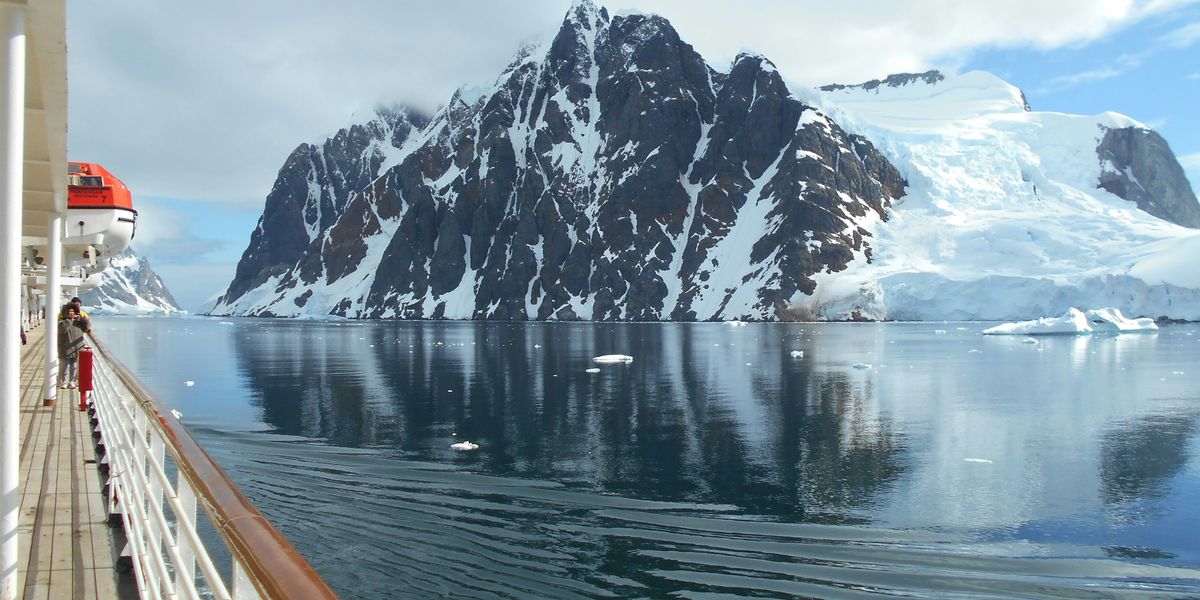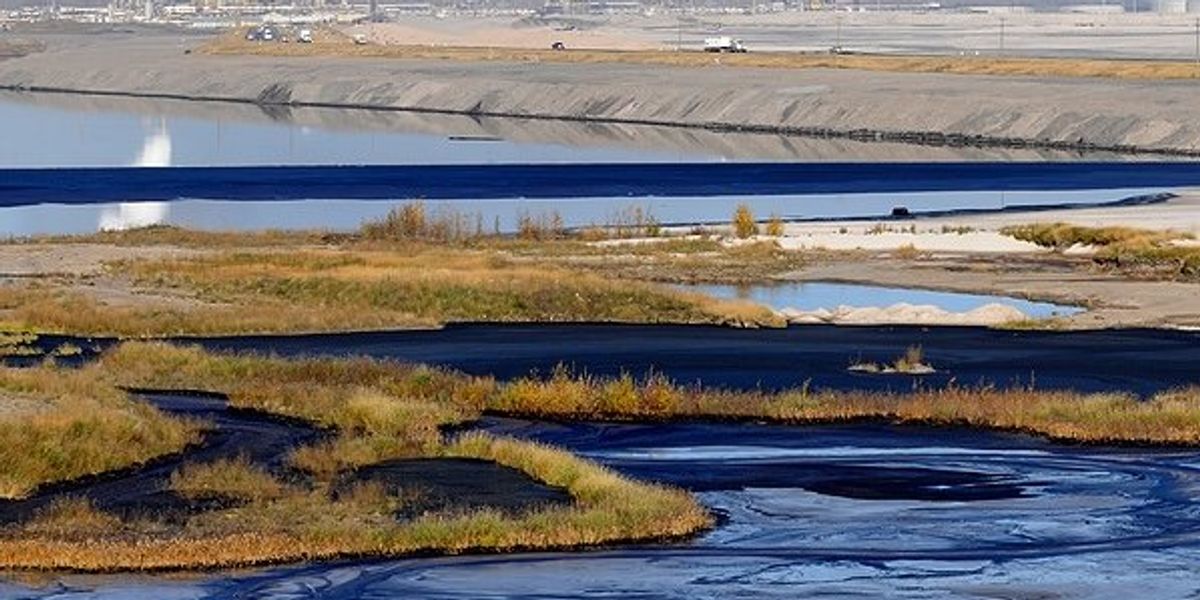
New defense secretary orders military bases to stop climate preparedness
Florida’s coastal military bases face rising seas and extreme storms, but Defense Secretary Pete Hegseth has ordered cuts to climate resilience efforts, dismissing them as unnecessary.
Craig Pittman writes for Florida Phoenix.
In short:
- Hegseth directed the Pentagon to cut $50 billion from programs, including climate resilience measures at military bases, to prioritize other initiatives.
- Florida’s military installations, many along its coasts, are already experiencing damage from hurricanes and rising sea levels, with past efforts focusing on adapting infrastructure.
- Experts warn that ignoring climate risks leaves bases vulnerable, threatening national security and the safety of military personnel.
Key quote:
“Climate change is a threat to our tactical capabilities.”
— Susan Glickman, the Cleo Institute
Why this matters:
Florida’s military bases are on the front lines of climate change. Rising seas, stronger hurricanes, and worsening heat threaten their infrastructure and readiness. The Pentagon has long acknowledged these risks, with past reports identifying multiple Florida bases as vulnerable. Ignoring climate threats won’t make them disappear. Instead, it could leave the military scrambling after future disasters, just as bases like Tyndall Air Force Base have had to rebuild after devastating storms. Reducing funding for climate adaptation now could mean greater costs — and risks — later.
Learn more: Trump rolls back several key climate adaptation policies













